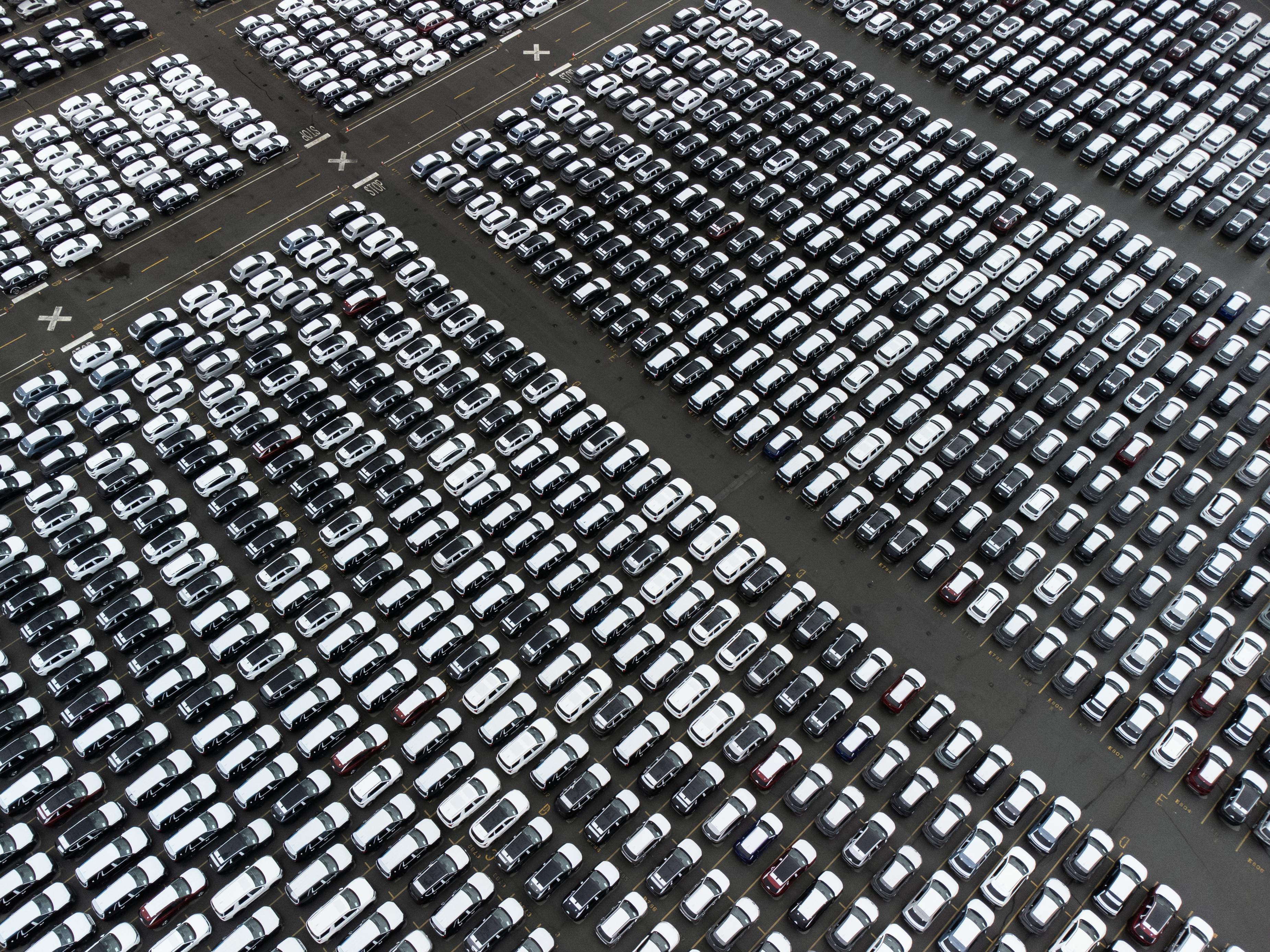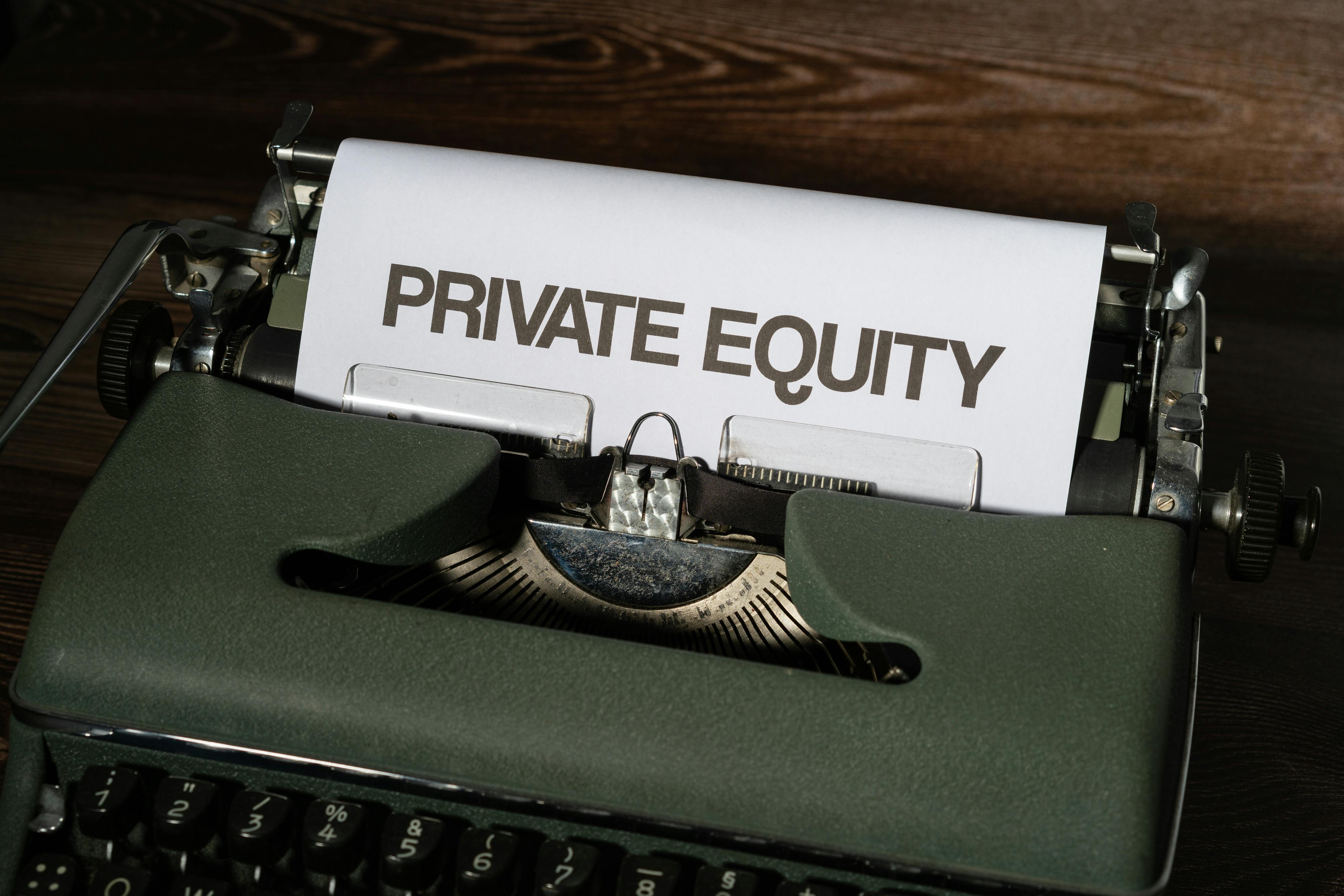What is Wholesale Finance? A Simple Breakdown for Dealers and Lenders
If you've ever wondered how car dealerships keep their lots full of inventory without draining their bank accounts, wholesale finance is your answer.
Also called floor plan financing or inventory financing, wholesale finance is how dealers pay for the vehicles sitting on their lot right now. The ones customers will (hopefully) buy next week, next month, or sometime this quarter.
Let's break it down without the jargon.
The Basic Concept
Here's the simple version:
A dealer wants to stock 50 cars on their lot. Each car costs $30,000. That's $1.5 million tied up in inventory before they've sold a single vehicle.
Most dealers don't have $1.5 million sitting around. And even if they did, tying it all up in inventory would be a terrible business decision.
Enter wholesale finance.
A lender (usually a bank, captive finance company, or independent finance provider) pays the manufacturer or auction house for the vehicles. The dealer gets the inventory. The lender holds the title until the car sells.
When the dealer sells a car, they pay off that specific vehicle's loan. Plus interest for however long they held it on the lot.
Simple concept. The execution? That's where it gets interesting.
How It Actually Works
Step 1: The Dealer Gets Approved
Before anything happens, the dealer needs to get approved for a wholesale credit line. This isn't like getting a consumer loan. Lenders look at:
- The dealer's financial health
- How fast they turn inventory
- Their payment history
- Current market conditions
- The types of vehicles they sell
Once approved, the dealer gets a credit line. Could be $500K, could be $10 million. Depends on the size of their operation.
Step 2: The Dealer Orders Inventory
When the dealer wants to add vehicles to their lot, they submit a funding request to their lender. This includes details about each vehicle (VIN, make, model, purchase price, etc.).
The lender reviews the request, verifies the vehicle details, checks their valuation against market data, and decides whether to fund it.
Step 3: The Lender Pays the Supplier
If approved, the lender pays the manufacturer, distributor, or auction house directly. The dealer never touches this money. The vehicle shows up on the dealer's lot, but the lender technically owns it.
The title goes to the lender. The dealer can display and sell the vehicle, but they don't own it outright yet.
Step 4: Interest Starts Accruing
From day one, the dealer is paying interest on that vehicle. The longer it sits on the lot, the more interest accumulates.
This creates a natural incentive for dealers to move inventory quickly. Nobody wants to pay six months of interest on a vehicle that's just sitting there.
Step 5: The Dealer Sells the Vehicle
When a customer buys the car, the dealer needs to pay off the wholesale loan within a certain period (usually 1-3 days).
The lender releases the title, the dealer can transfer it to the customer, and everyone's happy.
Step 6: Repeat
That credit line space is now available again. The dealer can use it to finance another vehicle. And the cycle continues.
Why Dealers Use Wholesale Finance
Cash Flow Management
The obvious one. Dealers can stock their lots without tying up all their working capital in inventory.
They can use that cash for other things like payroll, facility costs, marketing, or operational expenses.
Inventory Flexibility
With wholesale financing, dealers can respond to market demand quickly. Hot new model just dropped? They can stock up without worrying about having enough cash on hand.
Demand shifting toward SUVs? They can adjust their inventory mix without a major capital outlay.
Seasonal Management
Car sales are seasonal. Wholesale finance lets dealers ramp up inventory before busy seasons and scale back during slower periods without massive cash flow swings.
Growth Without Capital Constraints
A dealer doing $10 million in annual sales doesn't need $10 million in cash. They need a solid wholesale credit line and good inventory turnover.
This is how dealers grow their business without needing to raise massive amounts of capital upfront.
Why Lenders Offer Wholesale Finance
Secured Lending
From the lender's perspective, wholesale finance is relatively low risk. They hold the title to physical assets (vehicles) that can be repossessed and sold if things go sideways.
The collateral is liquid, trackable, and has a clear market value.
Recurring Revenue
Dealers are constantly turning inventory. Each vehicle generates interest income. A single dealer might finance hundreds or thousands of vehicles per year.
That adds up to consistent, predictable revenue for the lender.
Relationship Banking
Wholesale finance is often a gateway to other banking relationships. Once you're financing a dealer's inventory, you're in a position to offer them:
- Commercial real estate loans for their facilities
- Equipment financing for service departments
- Business checking and deposit accounts
- Payment processing services
- Retail auto loans for their customers
Attractive Yields
Wholesale finance typically offers better yields than many other forms of commercial lending. Interest rates vary, but they're generally healthy enough to make the business worthwhile.
The Challenges Nobody Talks About
Audit Requirements
Lenders need to verify that the vehicles they're financing actually exist. This means regular audits (monthly, quarterly, or triggered by specific events).
Someone physically goes to the dealership and checks VINs against the list of financed vehicles. It's manual, time consuming, and absolutely necessary.
Title Management
Managing thousands of vehicle titles is a logistical nightmare. Titles need to be tracked, stored securely, and released quickly when vehicles sell.
Slow title processing means dealers can't complete sales. That creates friction and damages the lender-dealer relationship.
Curtailment Tracking
Dealers often make partial payments on their wholesale line (called curtailments). Tracking which payments apply to which vehicles, and ensuring they're allocated correctly, gets complicated fast.
Out of Trust Situations
Sometimes dealers sell vehicles but don't pay off the wholesale loan. This is called being "out of trust" and it's a major problem for lenders.
It requires quick detection and resolution before it becomes a larger issue.
Technology Gaps
Many wholesale lenders are still running on systems built in the 1990s. Manual processes, disconnected systems, and limited automation make scaling difficult.
This is changing, but slowly.
The Modern Wholesale Finance Stack
Forward-thinking lenders are moving away from legacy systems and toward modern platforms that handle:
Digital Applications and Underwriting
Instead of paper applications and manual credit reviews, dealers apply online and get decisions faster.
Automated Funding
Funding requests get processed automatically based on predefined criteria. Fewer manual touchpoints means faster turnaround times.
Real-Time Portfolio Monitoring
Lenders can track their entire portfolio in real time. Which dealers are performing well, which ones are showing warning signs, and where the risk is concentrated.
Integrated Audits
Digital audit tools connect directly to the lender's system. Audit results flow in automatically, exceptions get flagged immediately, and reconciliation happens faster.
Borrower and Supplier Portals
Dealers log in to submit funding requests, make payments, and check their account status. Suppliers track their payments and pending transactions.
Less phone tag, fewer emails, more transparency.
Automated Communications
Payment reminders, approval notifications, and status updates happen automatically. Dealers stay informed without requiring constant manual outreach.
Who's Involved in Wholesale Finance?
The Main Players:
- Banks - Regional and national banks offering wholesale finance as part of their commercial lending portfolio
- Captive Finance Companies - Manufacturer-owned lenders (think Ford Credit, GM Financial, Toyota Financial Services)
- Independent Finance Companies - Specialized lenders focused exclusively on dealer financing
- Credit Unions - Some larger credit unions offer wholesale finance to dealer members
- Alternative Lenders - Non-bank lenders entering the space with different risk appetites
The Supporting Cast:
- Audit Companies - Third-party firms that conduct physical inventory audits
- Valuation Services - Providers of vehicle pricing data (Black Book, Manheim, etc.)
- Title Service Companies - Specialists in title processing and management
- Technology Providers - Software platforms that power wholesale lending operations
Is Wholesale Finance Right for Your Dealership?
If you're a dealer asking this question, here's what to consider:
You're a good candidate if:
- You're turning inventory regularly (60-90 days or faster)
- You have consistent cash flow and financial stability
- You want to grow without tying up all your working capital
- You can manage the administrative requirements (audits, reporting, etc.)
You might want to wait if:
- Your inventory turns slowly (120+ days)
- Your financial situation is unstable
- You're not ready for the administrative overhead
- You have irregular cash flow
Questions to Ask Potential Lenders:
- What's your advance rate? (What percentage of the vehicle's value will you finance?)
- How quickly do you process funding requests?
- What are your audit requirements?
- How do you handle out of trust situations?
- What technology do you offer dealers?
- What's your approach to title management?
- How flexible are your credit terms?
The Bottom Line
Wholesale finance is the engine that keeps dealerships running. Without it, most dealers would operate with a fraction of their current inventory, limiting selection for customers and revenue for themselves.
For lenders, it's a relationship-driven business with solid yields and manageable risk (when done right).
The dealers who succeed understand that wholesale finance isn't just about access to capital. It's about using that capital efficiently, turning inventory quickly, and maintaining strong relationships with their lenders.
The lenders who win are the ones who make the process seamless. Fast funding decisions, modern technology, transparent communication, and proactive risk management.
If you're new to wholesale finance, the concept is simple. The execution takes work. But once you understand how it works, it's hard to imagine the industry functioning any other way.







